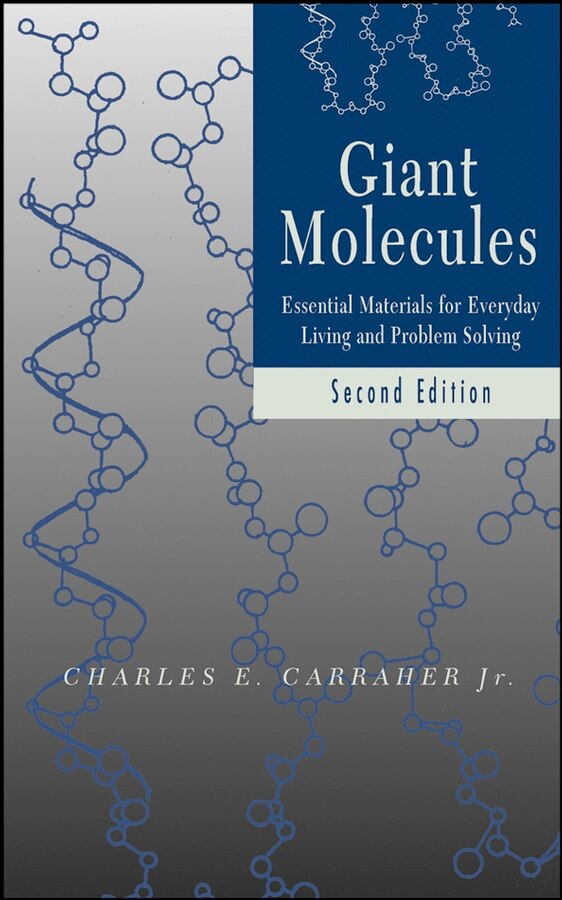Home
Structure-property Relationships In Polymers by Charles E. Carraher Jr., Paperback | Indigo Chapters
Loading Inventory...
Coles
Structure-property Relationships In Polymers by Charles E. Carraher Jr., Paperback | Indigo Chapters
From Charles E. Carraher Jr.
Current price: $160.95


Coles
Structure-property Relationships In Polymers by Charles E. Carraher Jr., Paperback | Indigo Chapters
From Charles E. Carraher Jr.
Current price: $160.95
Loading Inventory...
Size: 1 x 9.25 x 0.86
*Product information may vary - to confirm product availability, pricing, shipping and return information please contact Coles
The first concern of scientists who are interested in synthetic polymers has always been, and still is: How are they synthesized? But right after this comes the question: What have I made, and for what is it good? This leads to the important topic of the structure-property relations to which this book is devoted. Polymers are very large and very complicated systems; their character ization has to begin with the chemical composition, configuration, and con formation of the individual molecule. The first chapter is devoted to this broad objective. The immediate physical consequences, discussed in the second chapter, form the basis for the physical nature of polymers: the supermolecular interactions and arrangements of the individual macromolecules. The third chapter deals with the important question: How are these chemical and physical structures experimentally determined? The existing methods for polymer characterization are enumerated and discussed in this chapter. The following chapters go into more detail. For most applications-textiles, films, molded or extruded objects of all kinds-the mechanical and the thermal behaviors of polymers are of pre ponderant importance, followed by optical and electric properties. Chapters 4 through 9 describe how such properties are rooted in and dependent on the chemical structure. More-detailed considerations are given to certain particularly important and critical properties such as the solubility and permeability of polymeric systems. Macromolecules are not always the final goal of the chemist-they may act as intermediates, reactants, or catalysts. This topic is presented in Chapters 10 and 11. | Structure-property Relationships In Polymers by Charles E. Carraher Jr., Paperback | Indigo Chapters













